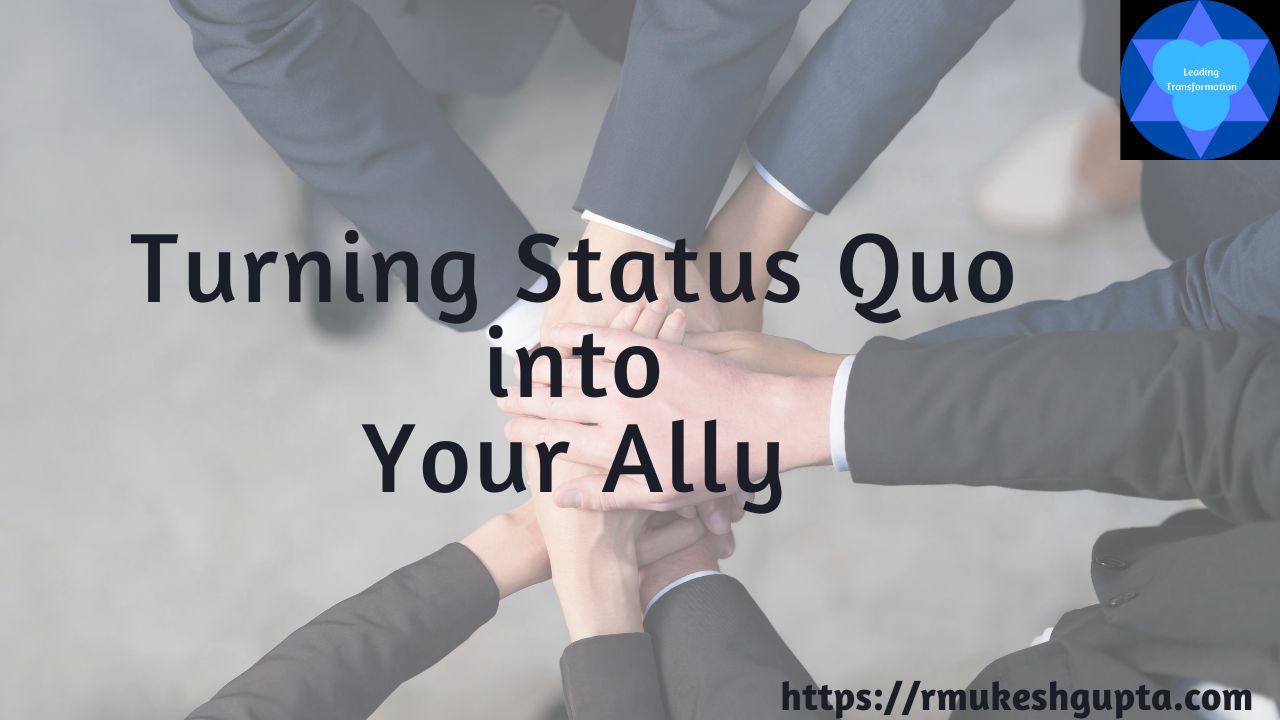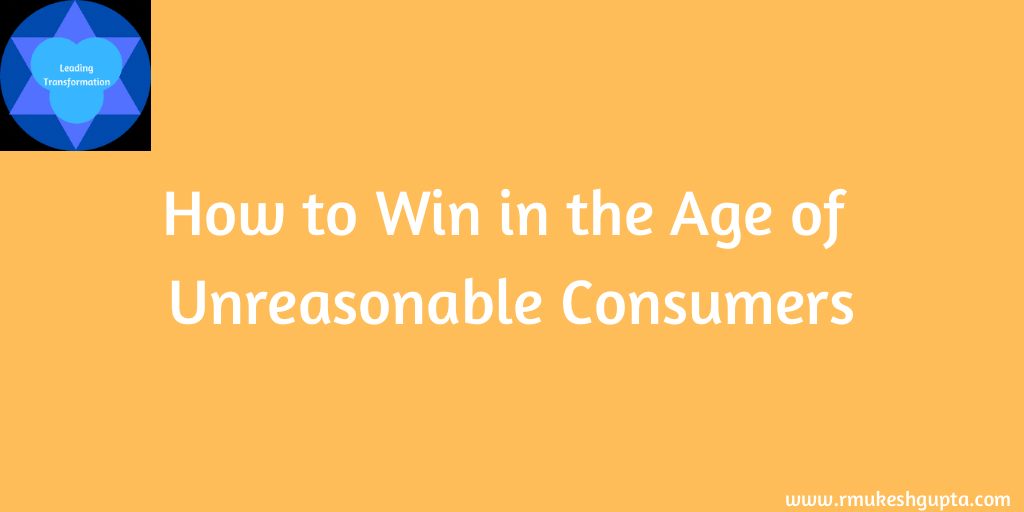Premise:
Once advice that almost everyone agrees to, when it comes to defining our strategy (personal, professional or organisational) is that we need to
“Play to your strengths”.
If you are a business that has already seen some amount of success, the chance is that you know what your core strength is.
So, you build on it. You continue to invest in your strength to get even better at it.
You continue to invest until you are the best-in-class on this topic in the whole wide world.
This strategy works really well, until it doesn’t.
The irony is that most of us still want believe that continuing to invest in our strength is the best investment. So, we double up our investment. But, it still doesn’t work.
And when it doesn’t work anymore, this erstwhile engine of growth & competitive advantage becomes our biggest liability and weakness.
The fact is that this will happen – sooner or later.
Why?
In all likelihood, the world has moved on. You might still be the best in the world at this one thing, that is your strength. But the problem is that the market doesn’t need or value this strength of your’s.
Unfortunately, you haven’t invested in building strength in anything else either. So, you scramble. Some, are fortunate enough to still have enough time and the culture that supports the transformation, but most fail, falter and die.
Solution:
The only way to avoid this situation and at the same time, fully capitalise on the “Play to your strength” strategy, is to follow a dual strategy:
- Continue to invest in and build on your current strengths (65%)
- Continue to explore what new skills or capabilities that you might need in the future and invest in building them (35%)
The exploration and investment in new skills is critical in order for the organisation not to get blindsided when the market shifts.
Also, the point to be noted is that we need to invest in building multiple skills or capabilities for the future and when the time comes one of these will become our core strength and propel our growth.
Conclusion:
Playing to our strengths is a great strategy until it is not. As organisational leaders, we need to be constantly in the “sense and respond”, where we are looking at potential areas which might have the potential to become our core strength and propel the next level of growth.




